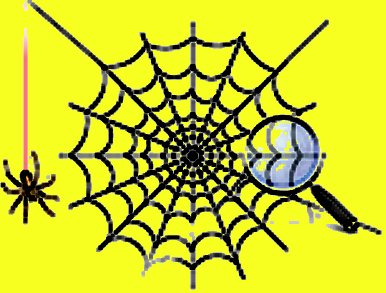Spider silk is one of the toughest (bio-) materials known so far, with a tensile strength comparable with modern high-performance synthetic materials. The ongoing evolutionary optimization of spider silk over the last 450 million years has created a material that can be stronger than steel and elastic such as rubber. Its outstanding mechanical properties, low weight, and biocompatibility render spider silk a very attractive target for material science. However, the de novo design has not been successful so far.
The question of understanding fiber formation is how the spider can prevent premature and fatal aggregation processes inside its own body and how the chemical and mechanical stimuli used to induce the fiber formation process translate into structural changes of the silk material, finally leading to controlled and irreversible aggregation.
Franz Hagn, Harvard Medical School, Boston, USA, focuses on the structure and function of the highly conserved N-domains and C-terminal domains of spider dragline silk. Unlike the very long repetitive sequence elements, they adopt a folded conformation in solution and are therefore able to control intermolecular interactions and aggregation between other spider silk molecules.
The structures of these domains add valuable details for the construction of a molecular picture of the complicated and highly optimized silk assembly process. This might be beneficial for large-scale in vitro fiber formation attempts with recombinant silk material.
- A structural view on spider silk proteins and their role in fiber assembly,
Franz Hagn,
J. Pept. Sci. 2012.
DOI: 10.1002/psc.2417 - European Peptide Society



